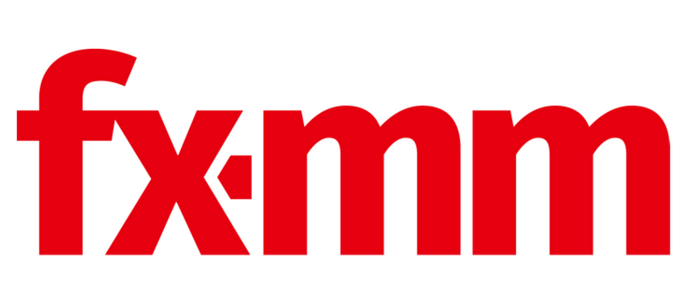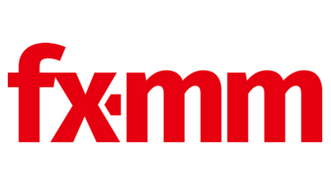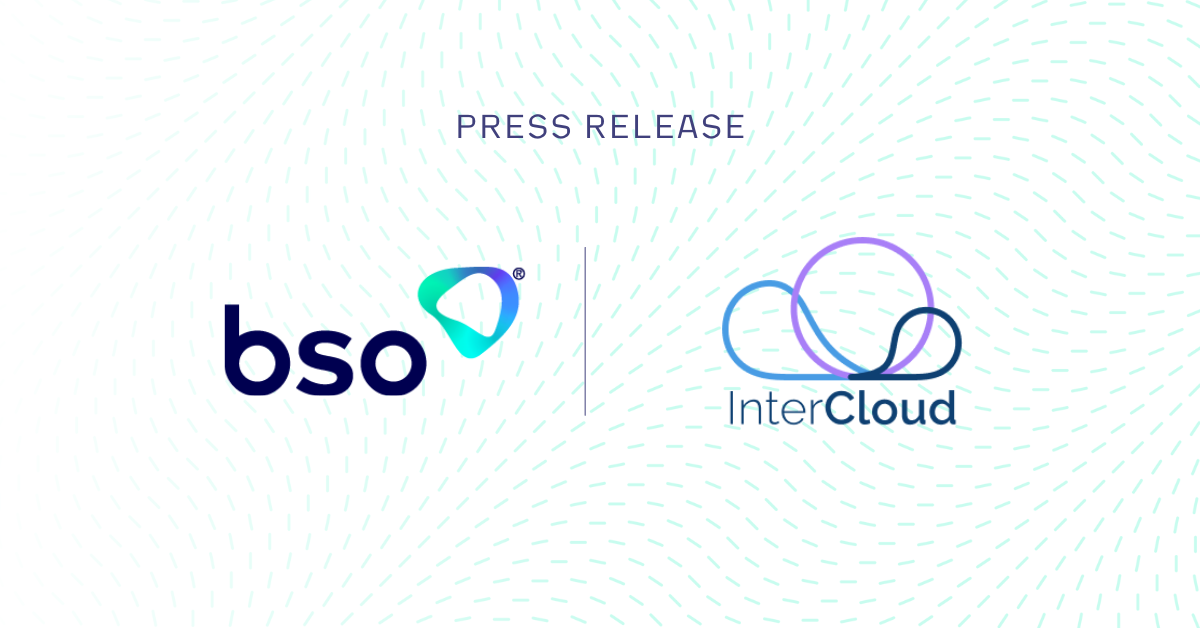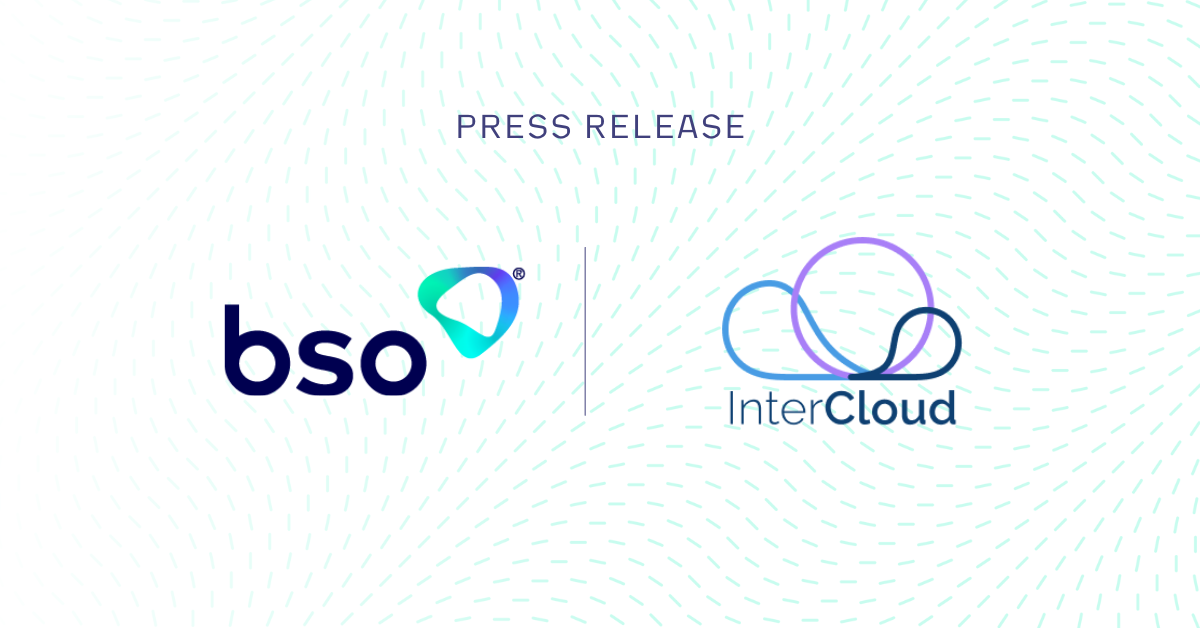
Why does the international FX community continue to discuss and compare network latencies when other industries have chosen a more service-led approach to selecting a telecommunications provider? Time and money, that’s why.
 Our CEO Michael Ourabah talks to FX-MM magazine about the importance of latency in the FX community, the benefits of trading in harder-to-reach regions such as Dubai and an outlook to the future, read on to find out more.
Our CEO Michael Ourabah talks to FX-MM magazine about the importance of latency in the FX community, the benefits of trading in harder-to-reach regions such as Dubai and an outlook to the future, read on to find out more.
There are very few comparative sectors where one millisecond can have such a profound effect on profitability. Latency can define a firm’s success or failure. It affects how traders build their daily strategies. Latency is even changing how financial exchanges run their operations and the value they offer the global economy.
A whole sub-sector of telecom carriers and IT colocation providers has formed to meet this continuous demand for faster data speeds, yet from the standpoint of many FX traders – both retail and institutional – is further progress still needed globally?
Potentially, as many new FX products are often located within difficult-to-access countries that require significant financial investment and a certain degree of time to understand the market’s cultural aspects. Dubai, Singapore, India and Turkey are popular examples and emerging economies in general have different regulatory landscapes, more currency restrictions, reduced market transparency and until recently, national underinvestment in telecommunications infrastructure.
The Middle East shows its strength
All of these factors can affect a trader’s competitiveness and in turn, influence latency. So, is chasing ever-increasing network speeds the right approach? Should traders search for a specialist FX network provider to design a private, ultra-low latency network or are they better off investing in direct market data services that provide accurate, cross-regional pricing visibility?
The decision depends on the currencies a trader is focusing on, their broader international strategy and the exchange in question. A fascinating case study is Dubai Gold and Commodities Exchange (DGCX). Not only does Dubai occupy an important geographical position between Asian and established marketplaces in the West, it also launched a number of new FX Futures contracts intended to court international, latency-sensitive investors looking to diversify their strategies.
One product was DGCX’s Chinese Yuan Futures contracts (December 2015). With Chinese currency devaluation expected to continue for a sustained period of time, many traders are looking for low-latency access to options that mitigate risk and lessen the impact of the yuan’s depression. DGCX’s capability of monitoring CNH price returns whilst being able to settle in USD was a strong value proposition for traders that were considering the product.
Another positive example for DGCX can be seen with its Indian Rupee Options volumes. This grew three-fold year on year – an increase of 352% (January 2016 vs. January 2015). This trend continued in April 2016 with growth of 217%.
Contracts such as these, when combined with direct market access services and an exchange’s dedication to reducing latencies (RTD for London to Dubai is 112ms) unite together to create an attractive trading proposition for any FX investor. From DGCX’s side of the equation, its annual growth figures might well have been lower if they did not have as strong latencies supporting the launch of the new contracts.
Speeding up and slowing down
Interestingly, these examples show the influence that latency still has over institutional traders, whether or not they are consciously aware of the technology decisions they are making. Essentially, while network reliability is definitely critical, availability is irrelevant when commercial outcomes are hindered by sluggish market data, recurrent slippage or inaccurate quotes.
It is unlikely that the industry will reach a point in the near future where latencies and the cost of access are consistent regardless of provider, country, exchange and user. In the meantime, traders should tread carefully and choose a provider that offers the ability to adapt instantly to pricing signals that are occurring locally, within the region and further afield in marketplaces that are equally sensitive to changes in value.
This is critical for institutional FX. For retail FX traders, latency will continue to increase in importance as direct connectivity becomes more affordable and market data access providers continue to innovate. These reasons alone are why latency will be an essential consideration for the foreseeable future and why the fascination with numbers is here to stay.
Read the article on FX-MM.
ABOUT BSO
The company was founded in 2004 and serves the world’s largest financial institutions. BSO is a global pioneering infrastructure and connectivity provider, helping over 600 data-intensive businesses across diverse markets, including financial services, technology, energy, e-commerce, media and others. BSO owns and provides mission-critical infrastructure, including network connectivity, cloud solutions, managed services and hosting, that are specific and dedicated to each customer served.
The company’s network comprises 240+ PoPs across 33 markets, 50+ cloud on-ramps, is integrated with all major public cloud providers and connects to 75+ on-net internet exchanges and 30+ stock exchanges. The team of experts works closely with customers in order to create solutions that meet the detailed and specific needs of their business, providing the latency, resilience and security they need regardless of location.
BSO is headquartered in Ireland, and has 11 offices across the globe, including London, New York, Paris, Dubai, Hong Kong and Singapore. Access our website and find out more information: www.bso.co
SALES ENQUIRY
Get in touch now. Find out how we can transform your business_
You might be interested in_
THE BSO DIFFERENCE
The industries we work across_





/Revolutionising-Connectivity%20BSOs-Tailored-Cloud-Solution-for-CryptoStruct-GmbH.png?width=1050&height=550&name=Revolutionising-Connectivity%20BSOs-Tailored-Cloud-Solution-for-CryptoStruct-GmbH.png)
/6%20Cloud%20Best%20Practices%20for%20Financial%20Technology%20Companies.jpg?width=1200&height=600&name=6%20Cloud%20Best%20Practices%20for%20Financial%20Technology%20Companies.jpg)








